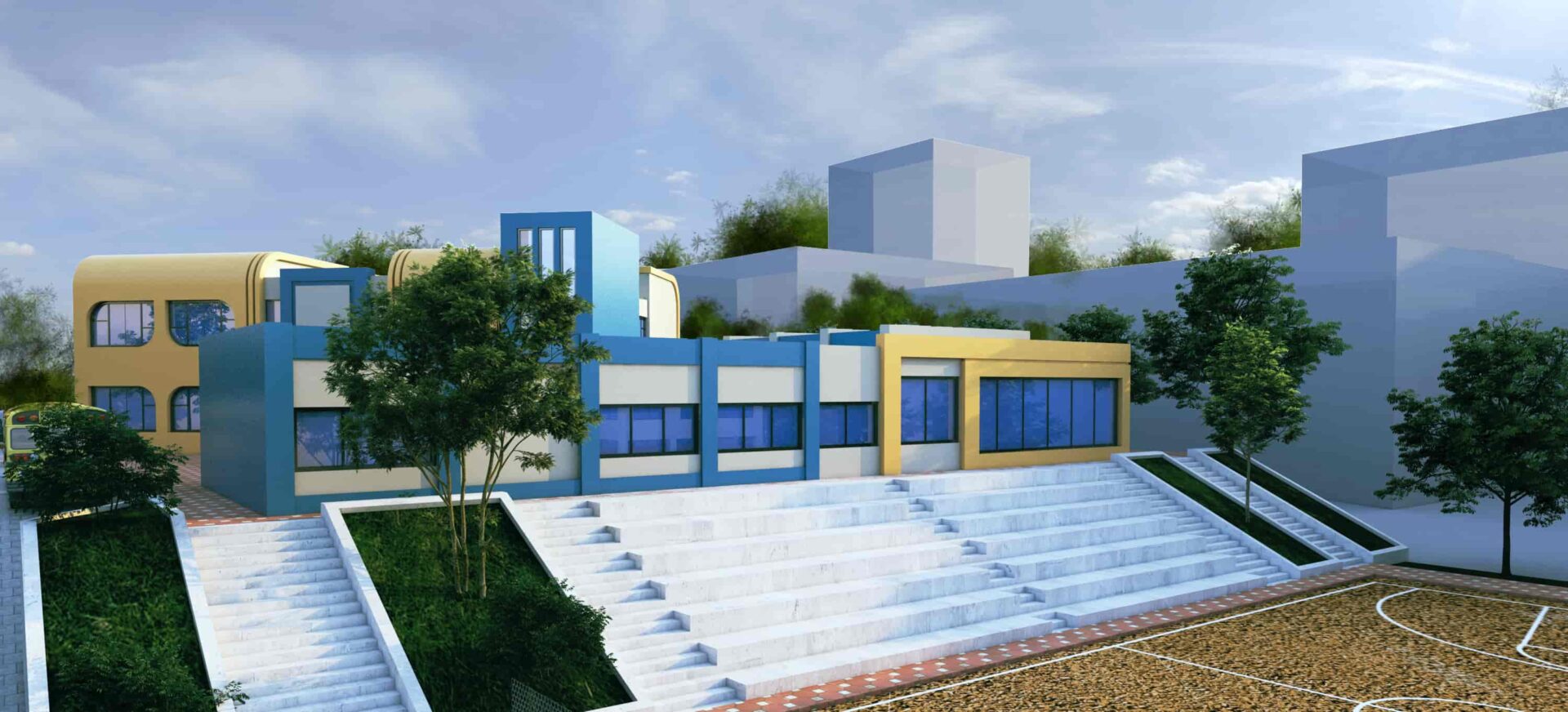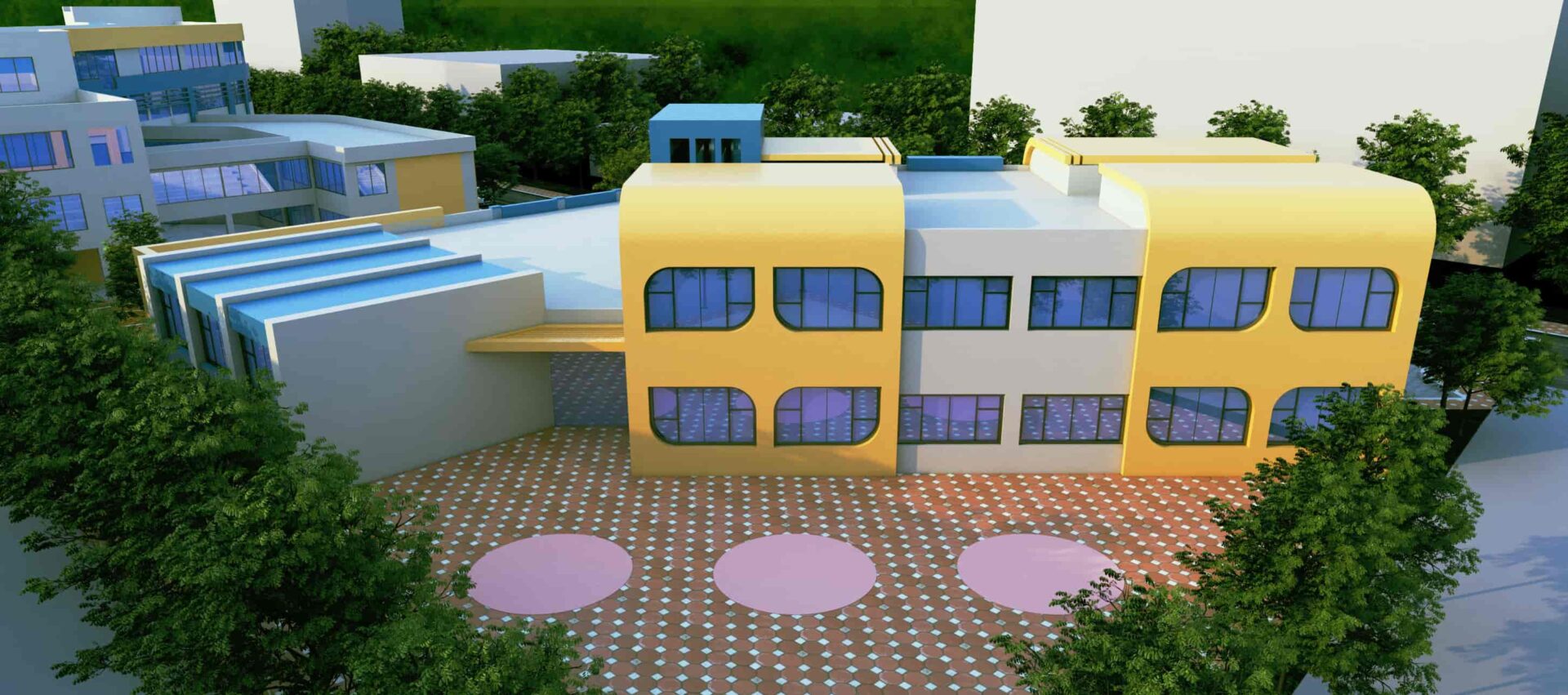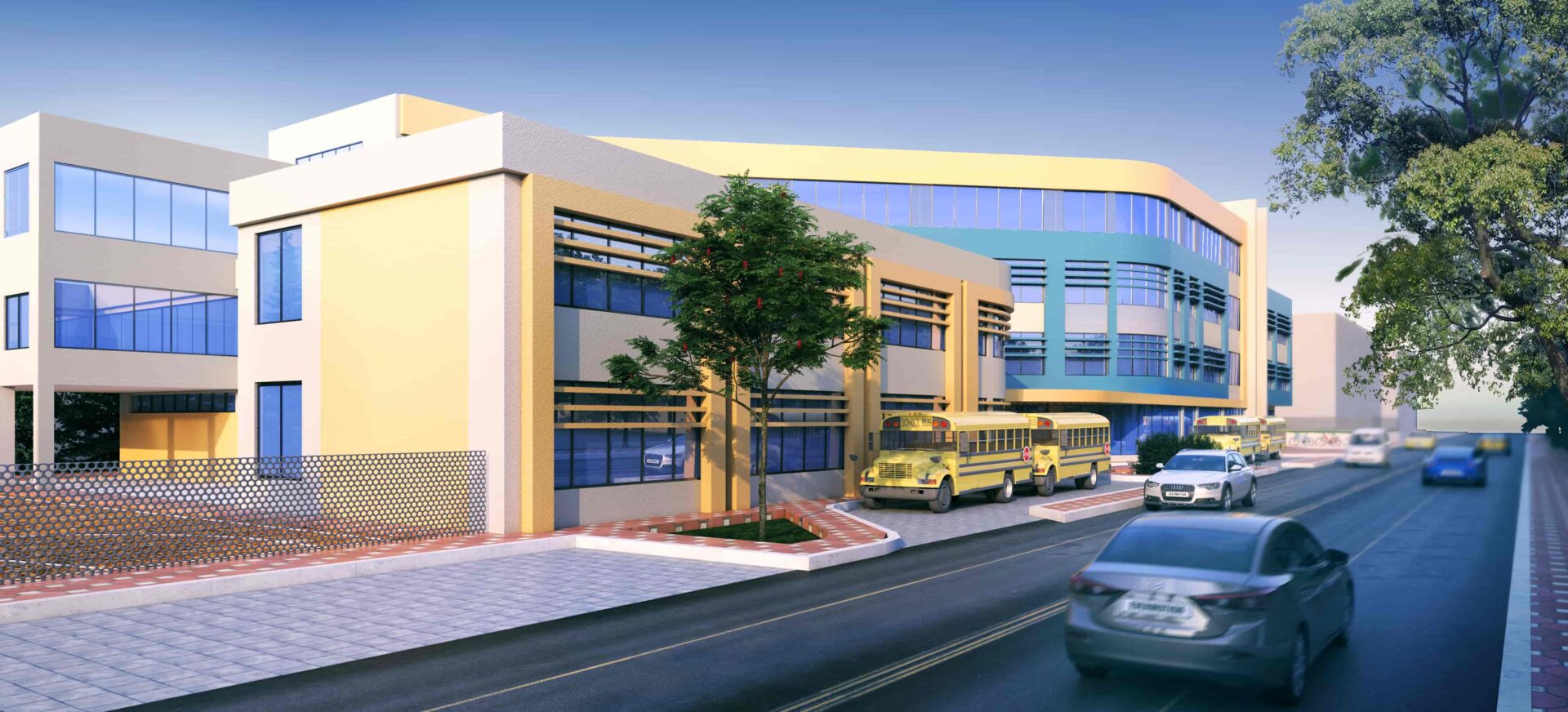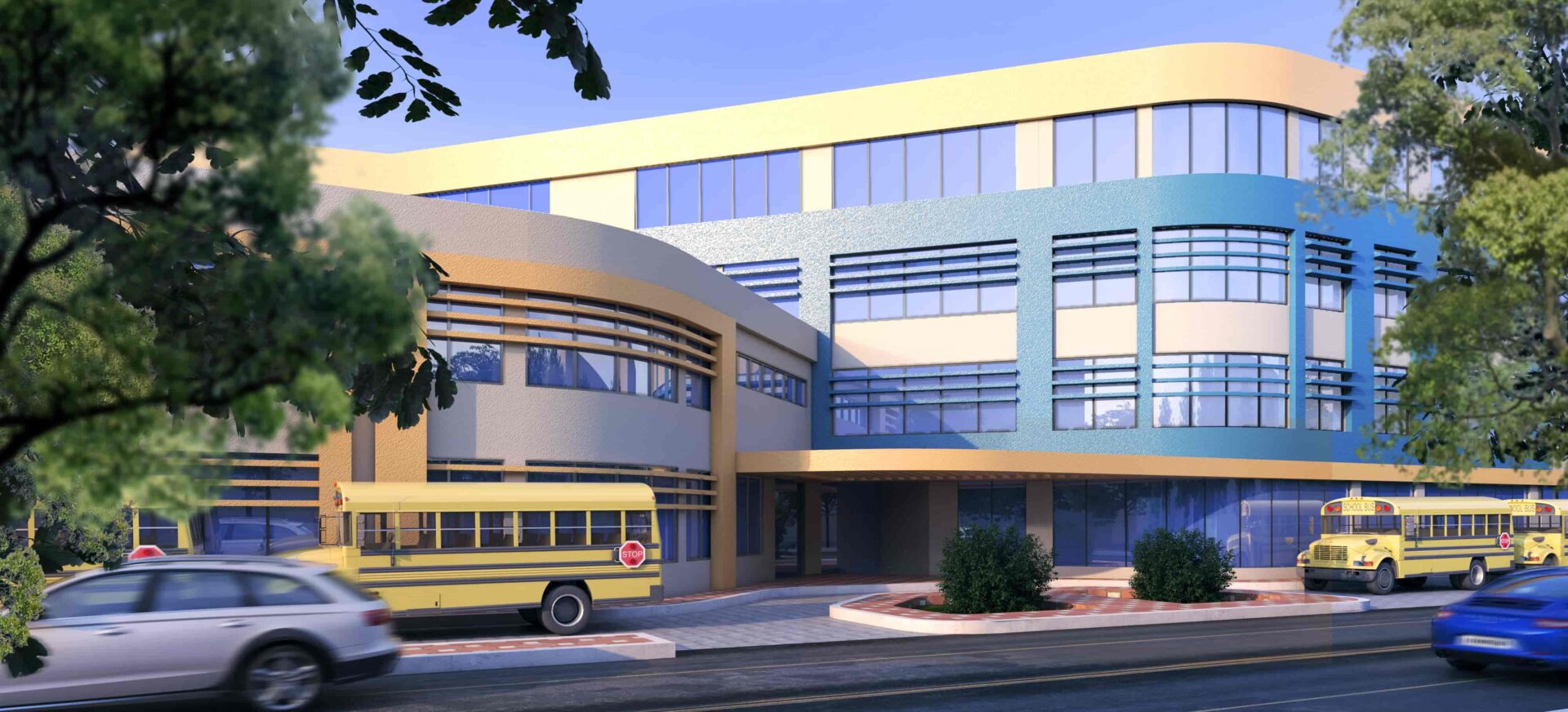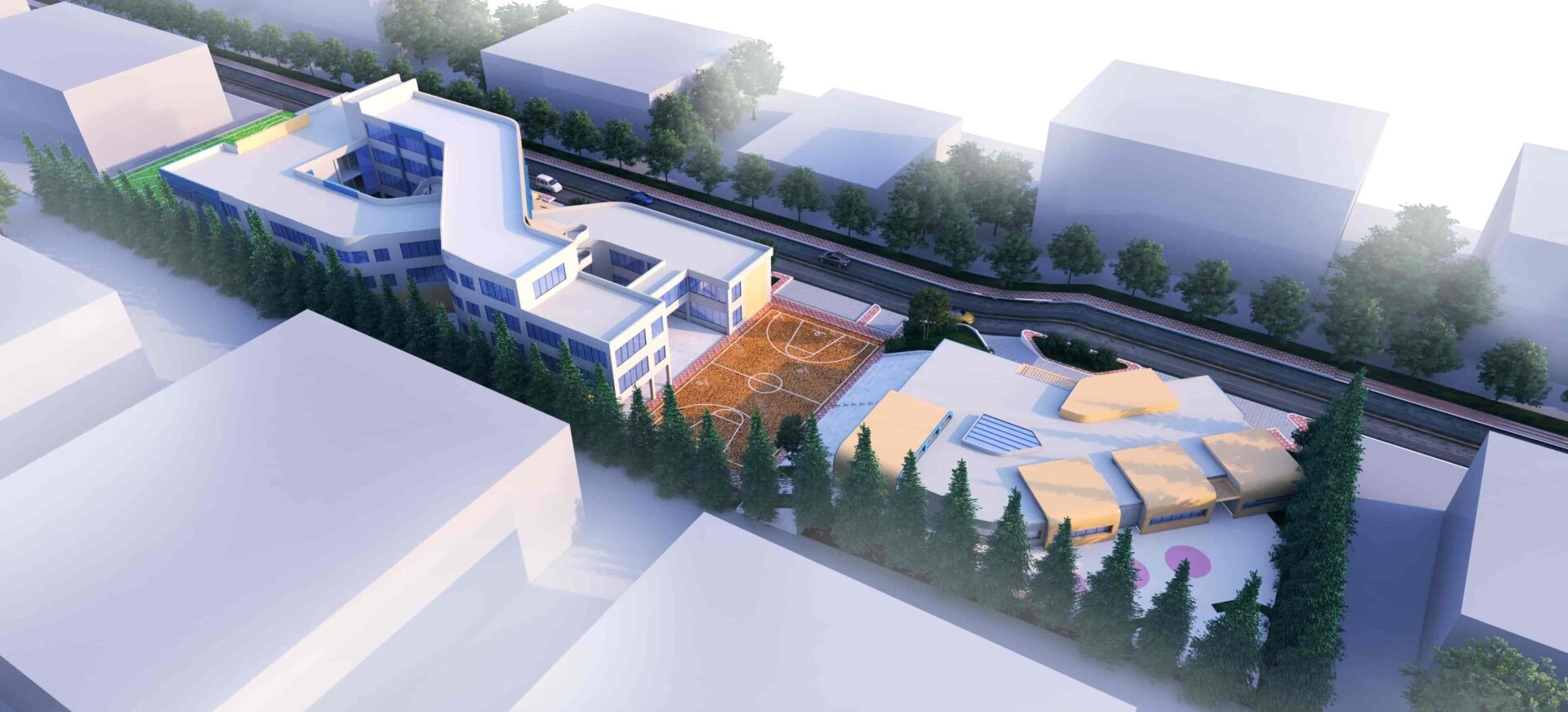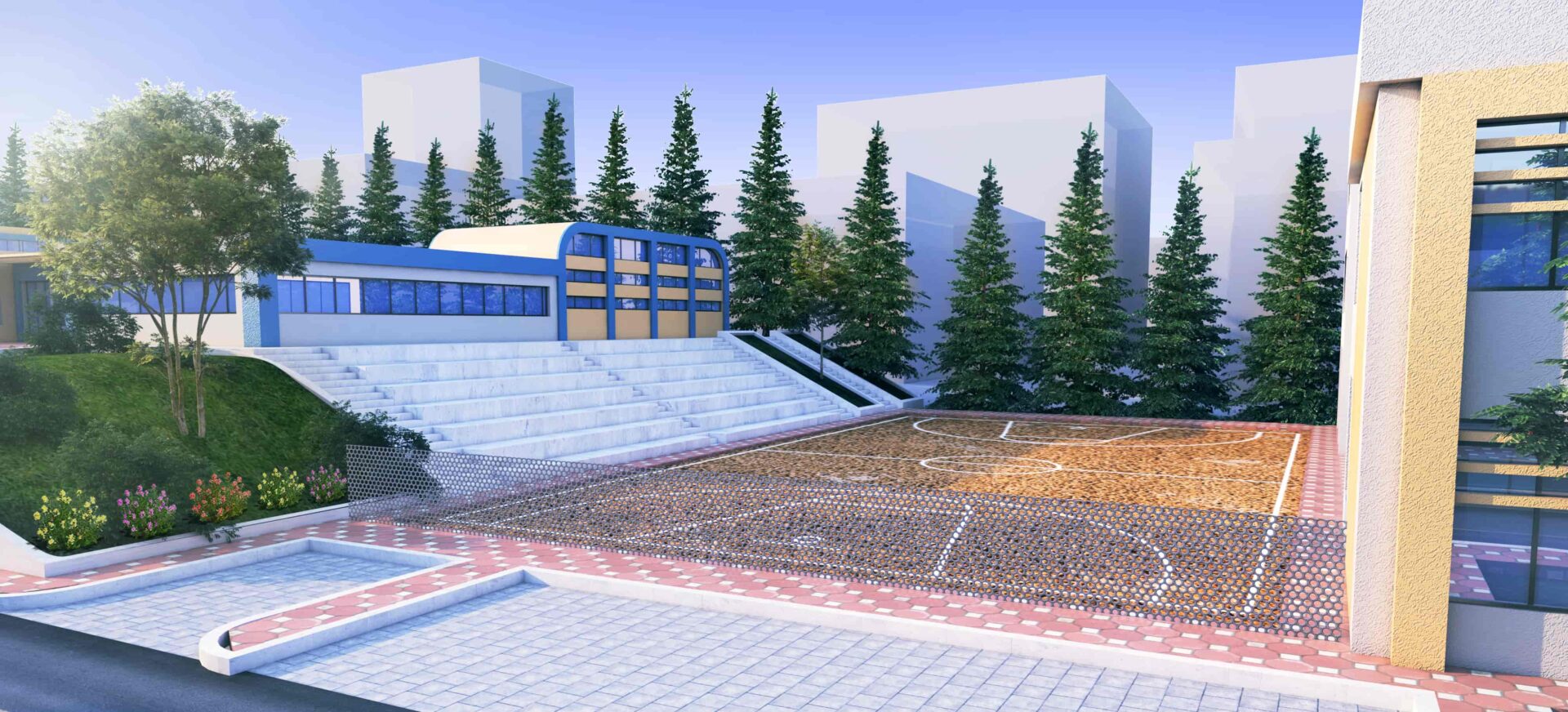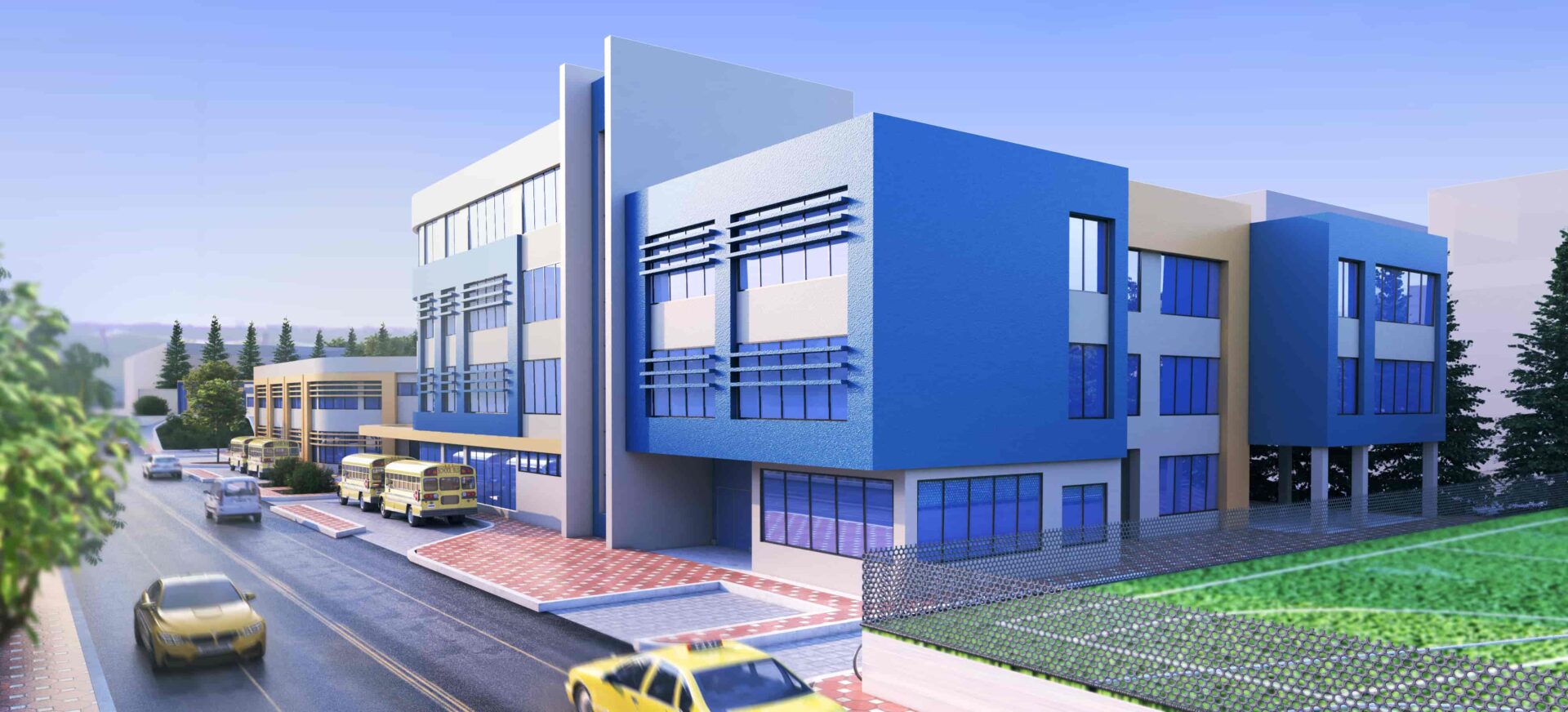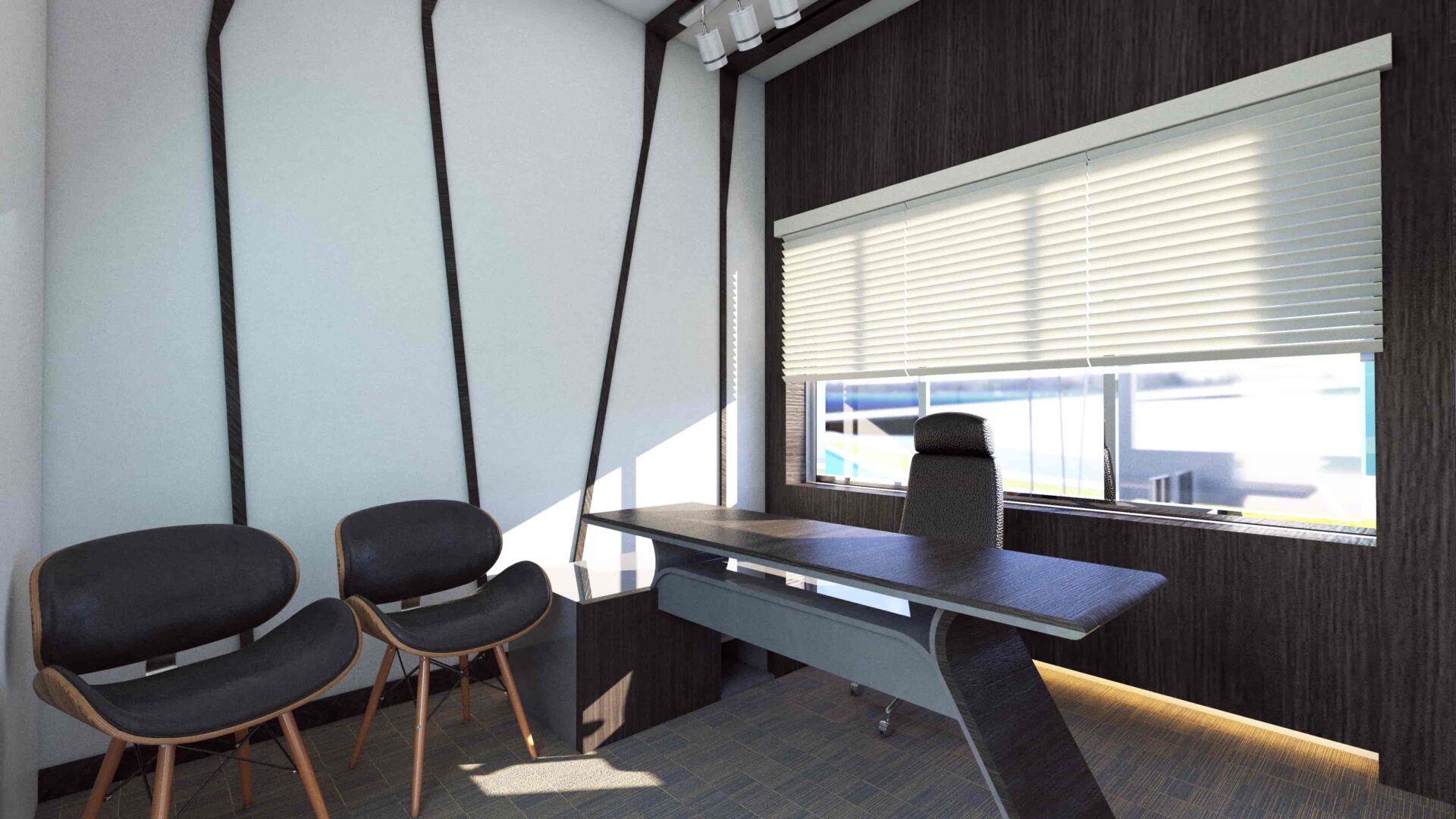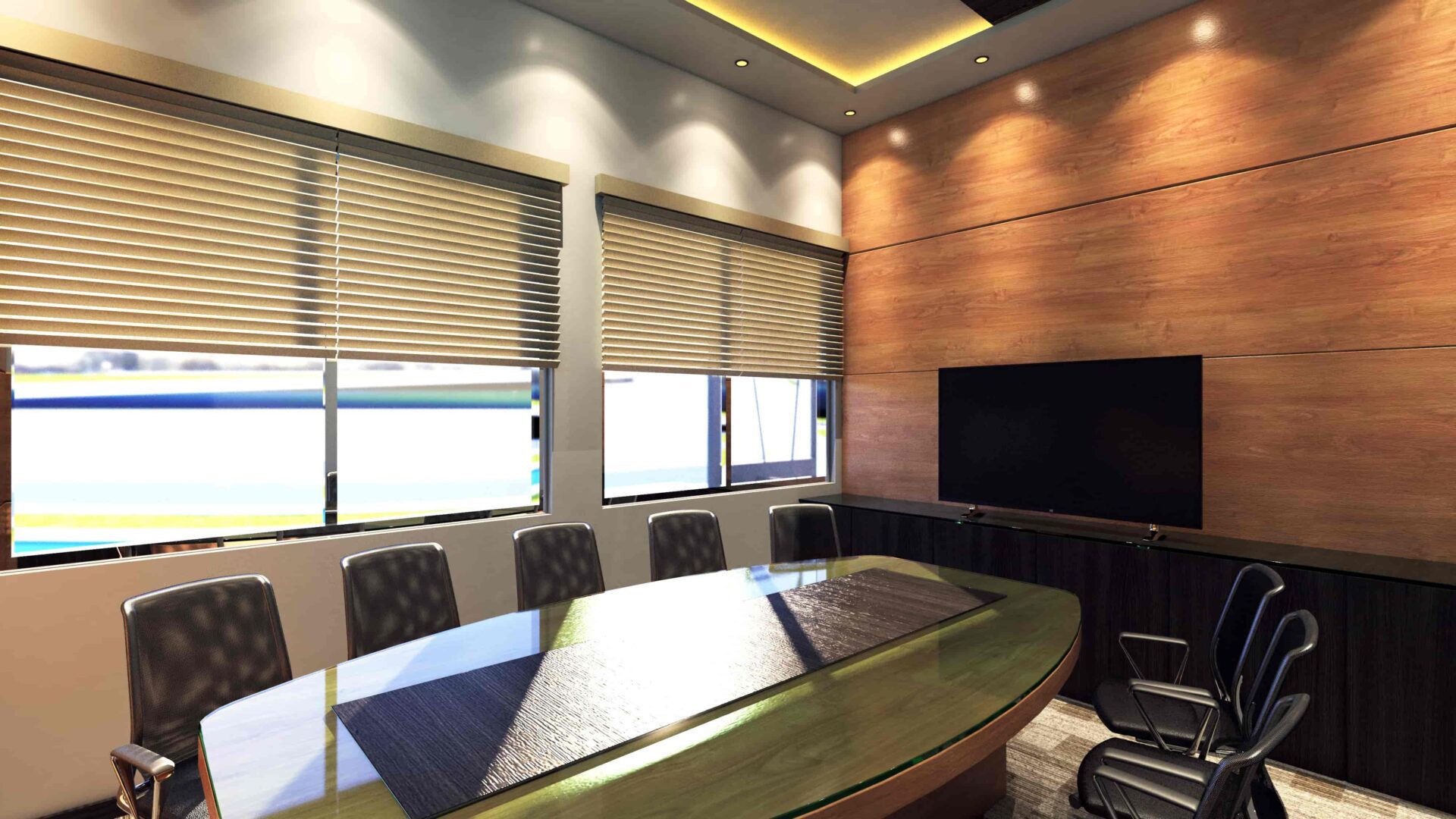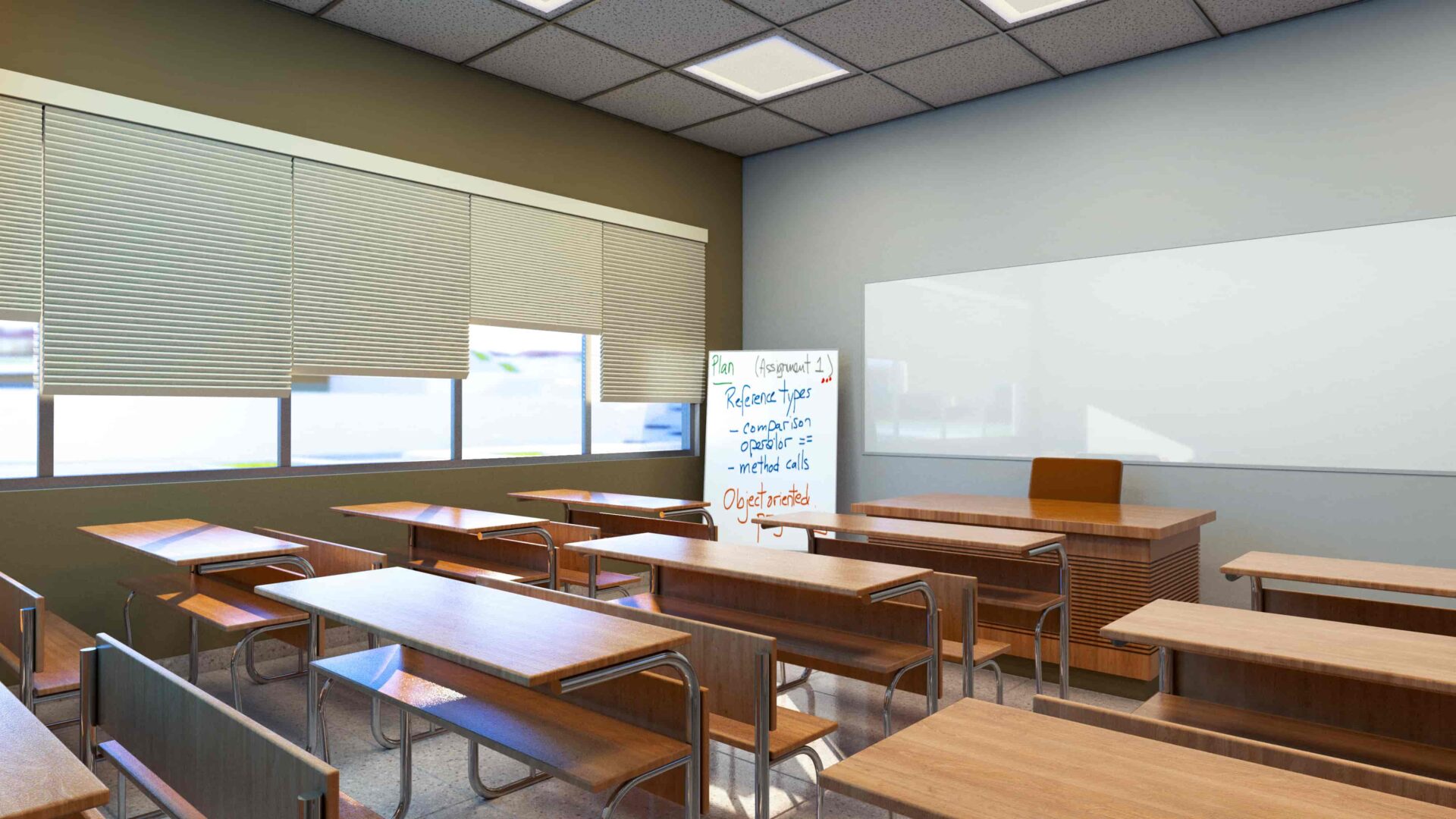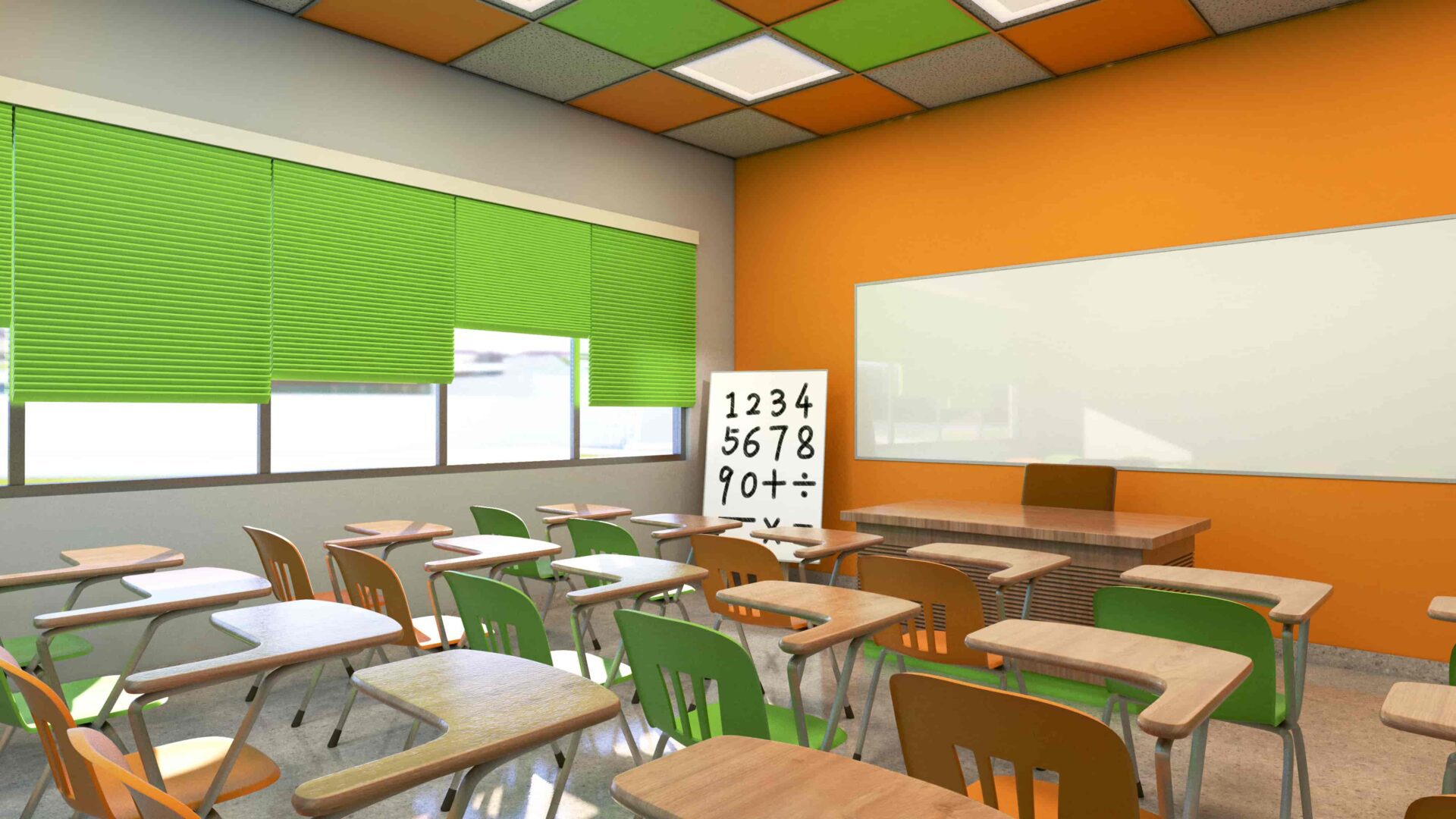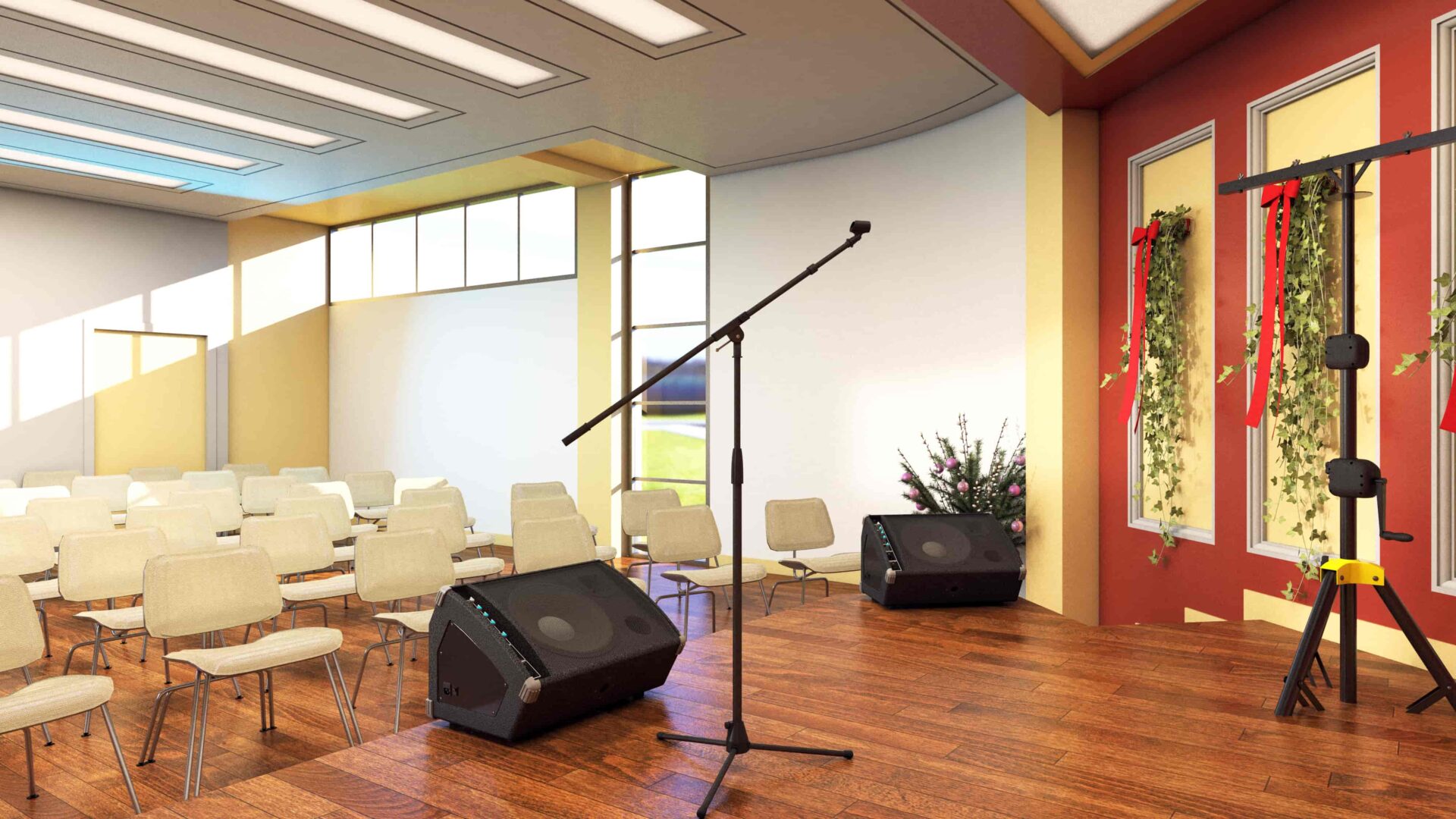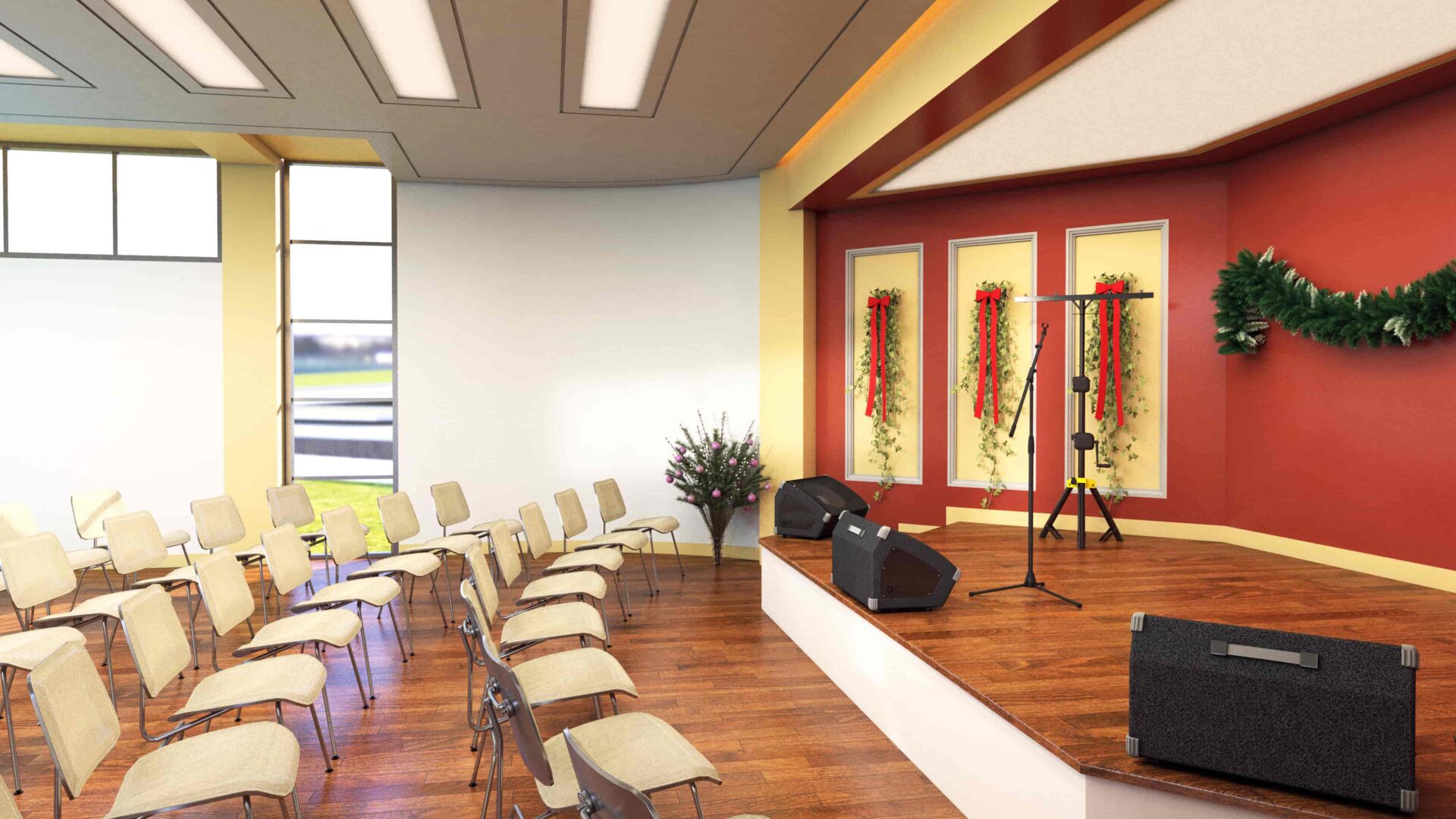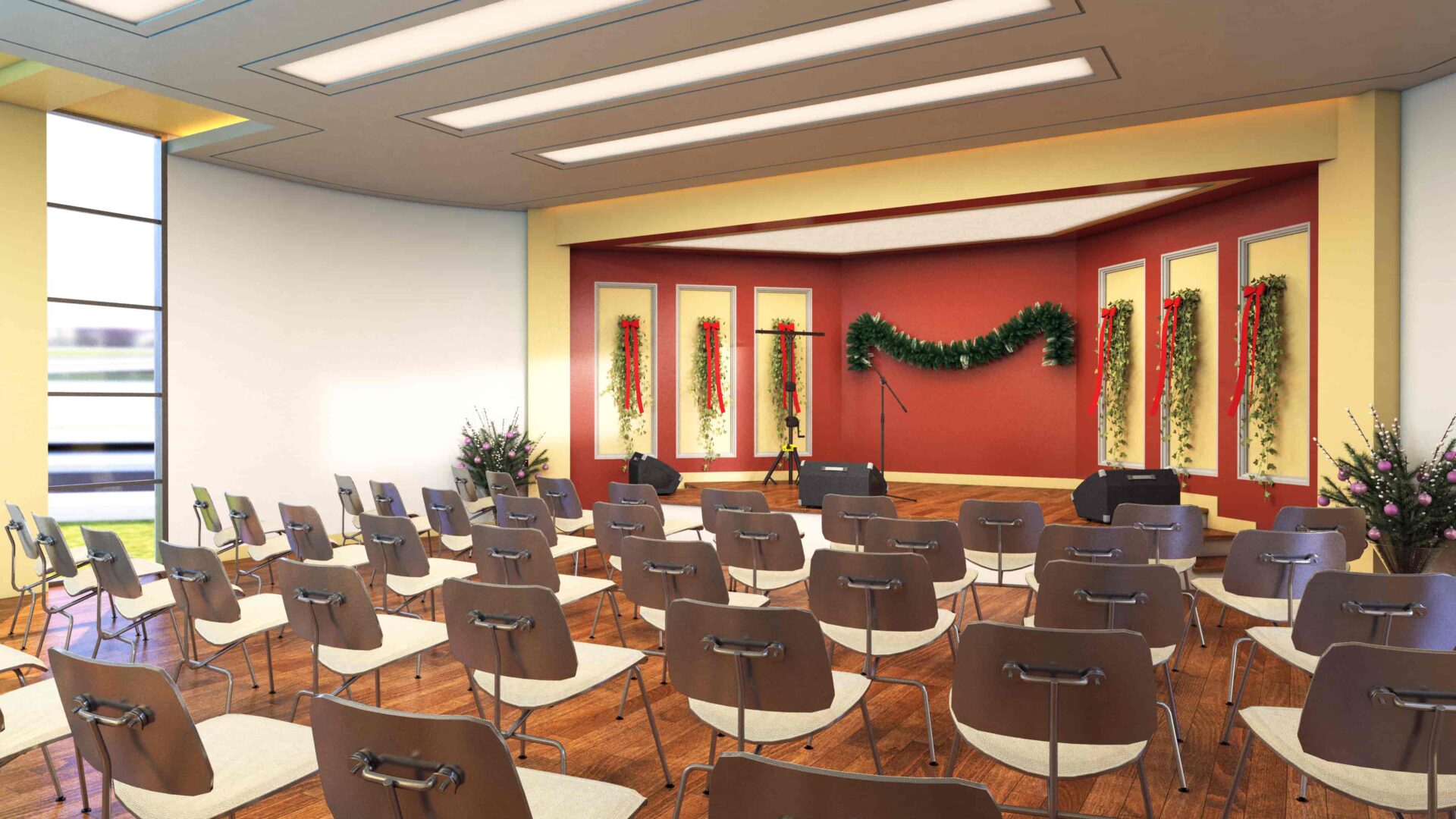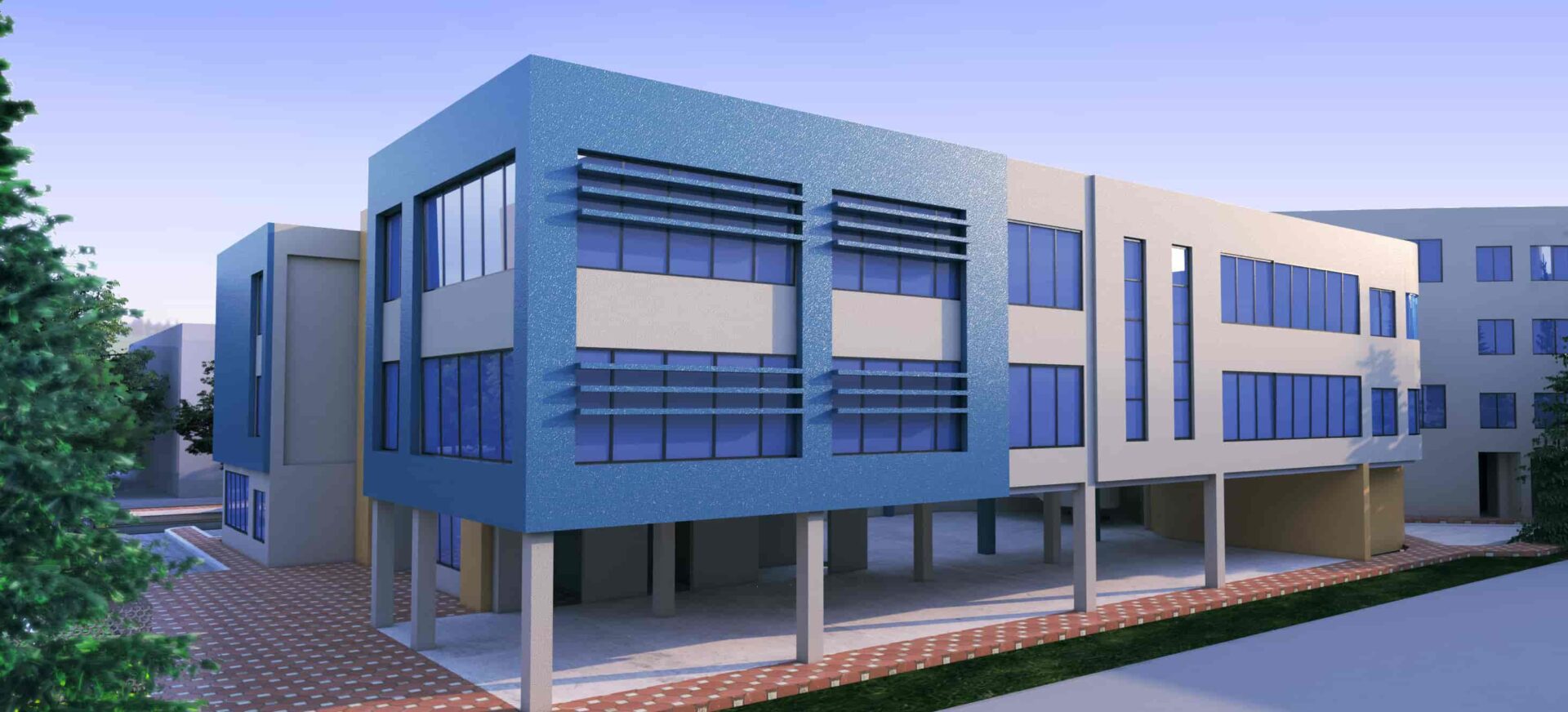school Dar al-Hikma
school Dar al-Hikma
Designing Tomorrow’s Leaders
In the realm of education, the physical environment plays a crucial role in nurturing young minds. A modern school design is not merely a structure; it’s a catalyst for learning, innovation, and growth. Here, we delve into the key elements that shape a forward-thinking educational space.
Fostering Creativity in Classrooms
Contemporary classrooms, flooded with natural light and equipped with state-of-the-art technology, serve as the epicenter of knowledge. This vibrant setting encourages active participation, as students are inspired to explore and collaborate.
Beyond Books: Interactive Learning Spaces
Besides traditional classrooms, schools today offer multifunctional spaces. These areas, characterized by adaptable furniture and interactive displays, promote dynamic learning experiences. Students seamlessly transition from group discussions to independent study, enhancing their critical thinking abilities.
Unleashing Energy on the Field
A modern school isn’t complete without a well-maintained football field. This expansive space provides students with a venue to channel their energy, fostering physical well-being and teamwork. The expanse of green also offers a peaceful retreat for contemplation and relaxation.
Spaces for Play, Spaces for Growth
Play is an integral part of childhood development. Modern school designs incorporate dedicated play areas, allowing students to unwind and engage in recreational activities. These spaces, carefully integrated into the overall layout, encourage socialization and the cultivation of essential life skills.
Seamless Transitions for Effective Learning
Efficient flow between spaces is essential in a modern school. Thoughtful architectural planning ensures that students can move effortlessly from classrooms to recreational areas. This seamless transition promotes a sense of belonging and community within the school environment.
Designing for Inclusivity and Accessibility
A truly modern school is one that caters to the diverse needs of its student body. It embraces universal design principles, ensuring that every student, regardless of ability, can navigate the space comfortably. This inclusivity fosters a sense of belonging and mutual respect.
Conclusion: Shaping Futures, One Space at a Time
In conclusion, the design of a modern school extends far beyond aesthetics. It is a testament to a commitment to education and the belief in the potential of every student. By creating spaces that inspire, nurture, and support, we pave the way for a brighter, more empowered generation.
Incorporating these principles into school design not only elevates the learning experience but also sets the stage for future leaders, innovators, and changemakers. With each thoughtful space, we inch closer to a world where education knows no bounds.
Date:
October 2, 2023




